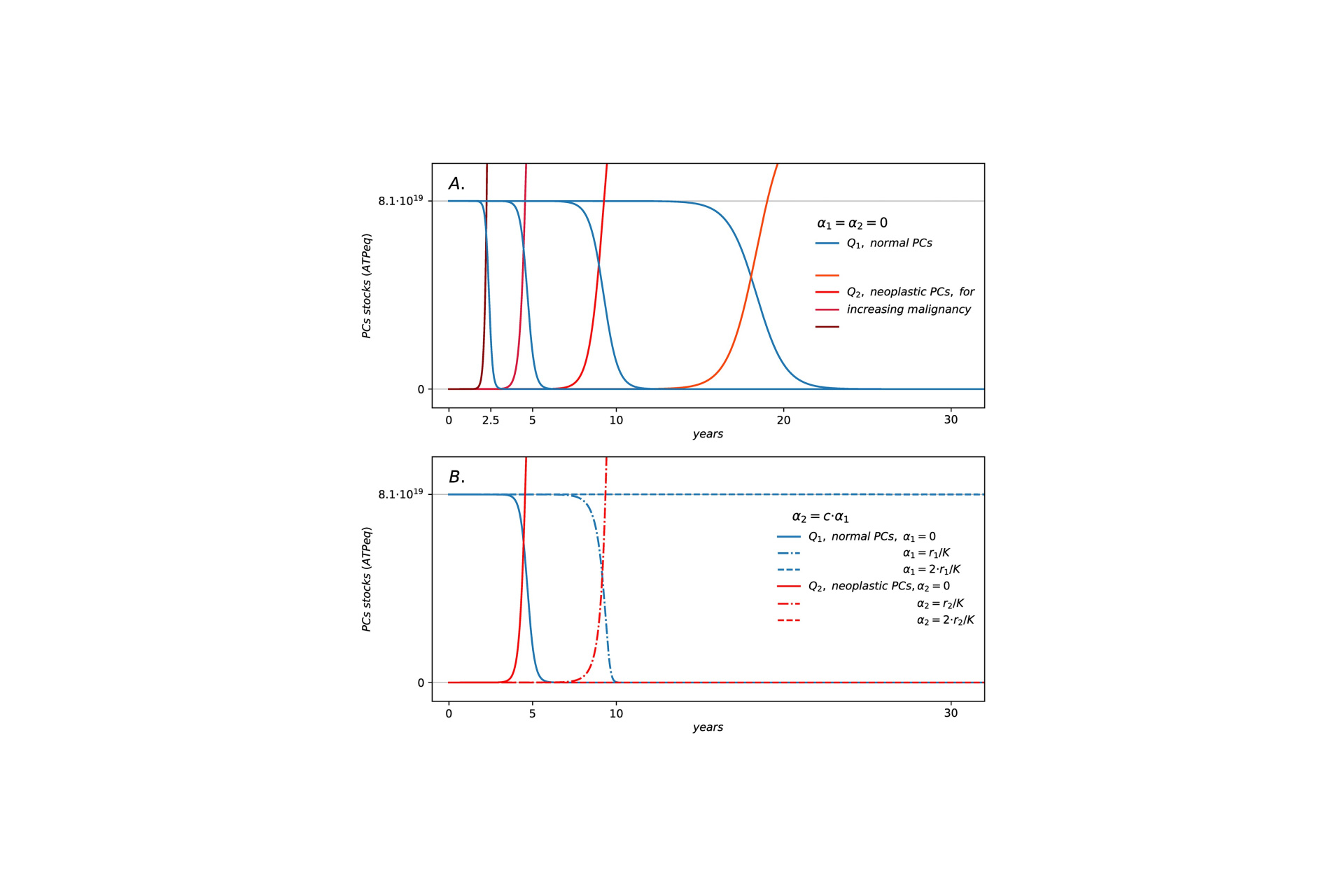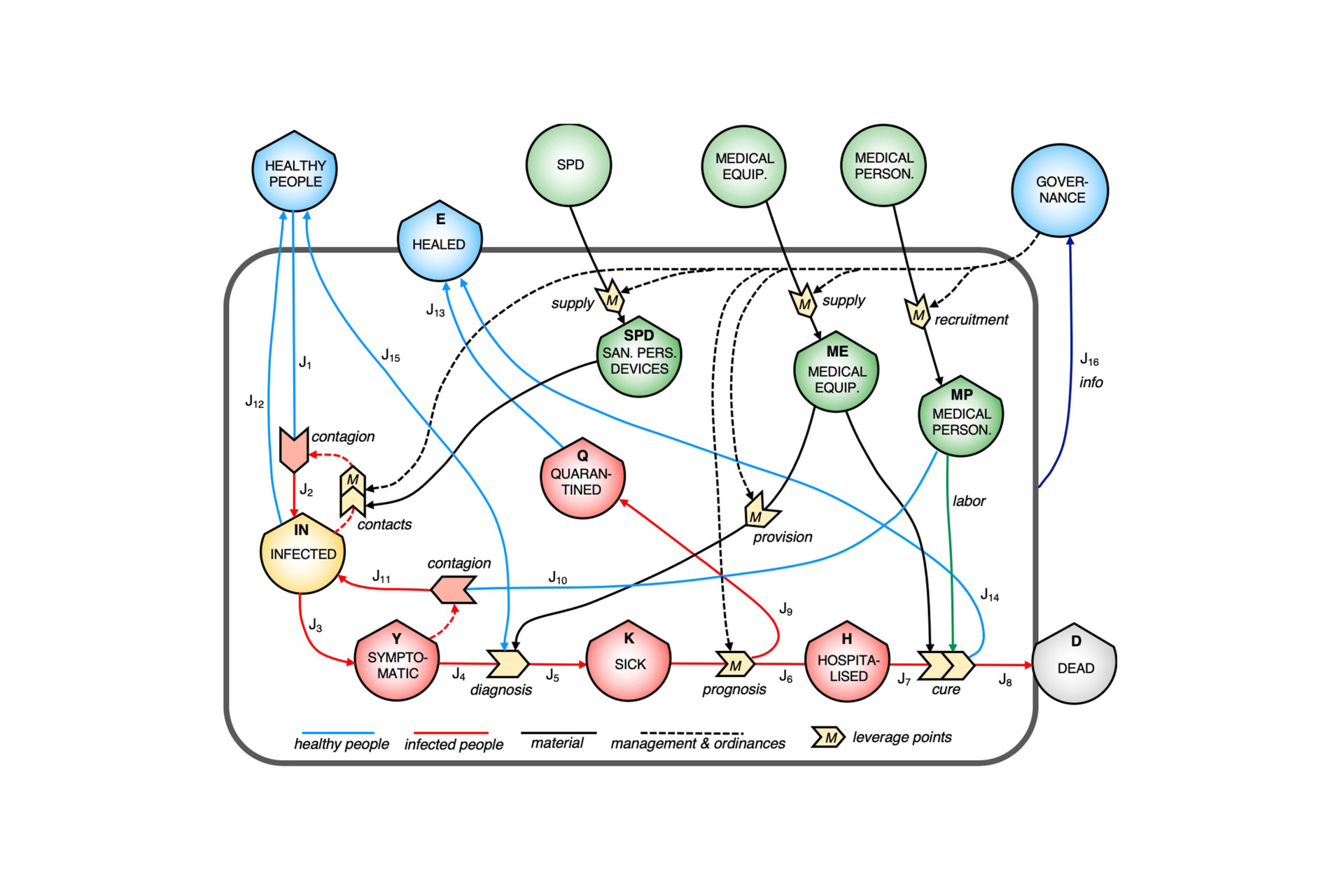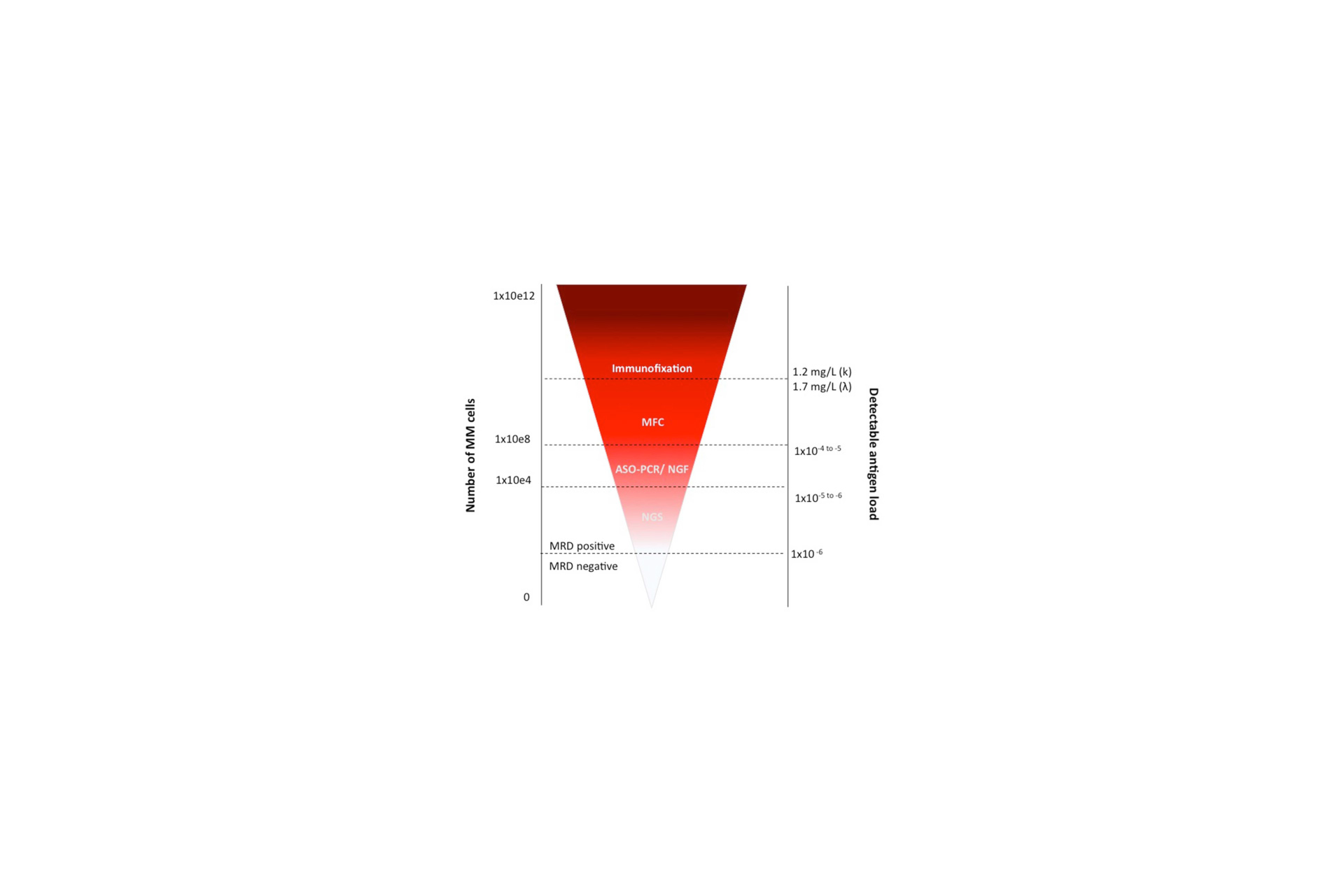Luigi Conte ¹,²,³*, Francesco Gonella ³,⁴,⁵, Andrea Giansanti ²,⁶, Axel Kleidon ⁷, Alessandra Romano ³,⁸
¹ DepartmentofEnvironmental Sciences, Informatics and Statistics, Ca’ Foscari University of Venice, Venezia Mestre, Italy,
² Department of Physics, Sapienza University of Rome, Roma, Italy,
³ Centre for the Study of the Systemic Dynamicsof Complex Diseases, Venezia Mestre, Italy,
⁴ Department of Molecular Sciences and Nanosystems, Ca’ Foscari University of Venice, Venezia Mestre, Italy,
⁵ THE NEW INSTITUTECentrefor Environmental Humanities (NICHE), Venezia, Italy,
⁶ Istituto Nazionale di Fisica Nucleare, Roma, Italy,
⁷ Biospheric Theory and Modeling Group, Max Planck Institute for Biogeochemistry, Jena, Germany,
⁸ Department of General Surgery and Medical-Surgical Specialties, University of Catania, Catania, Italy
ABSTRACT
Ecological interactions are fundamental at the cellular scale, addressing the possibility of a description of cellular systems that uses language and principles of ecology. In this work, we use aminimal ecological approach that encompasses growth, adaptation and survival of cell populations to model cell metabolisms and competition under energetic constraints. As a proof-of-concept, we apply this general formulation to study the dynamics of the onset of a specific blood cancer—called Multiple Myeloma. We show that a minimal model describing antagonist cell populations competing for limited resources, as regulated by microenvironmental factors and internal cellular structures, reproduces patterns of Multiple Myeloma evolution, due to the uncontrolled proliferation of cancerous plasma cells within the bone marrow. The model is characterized by a class of regime shifts to more dissipative states for selectively advantaged malignant plasma cells, reflecting a breakdown of self-regulation in the bone marrow. Thetransition times obtained from the simulations range from years to decades consistently with clinical observations of survival times of patients. This irreversible dynamical behavior represents a possible description of the incurable nature of myelomas based onthe ecological interactions between plasma cells and the microenvironment, embeddedinalarger complex system. The use of ATPequivalent energy units in defining stocks and flows is a key to constructing an ecological model which reproduces the onset of myelomas astransitions between states of a system which reflects the energetics of plasma cells. This work provides a basis to construct more complex models representing myelomas, which can becompared with model ecosystems.





